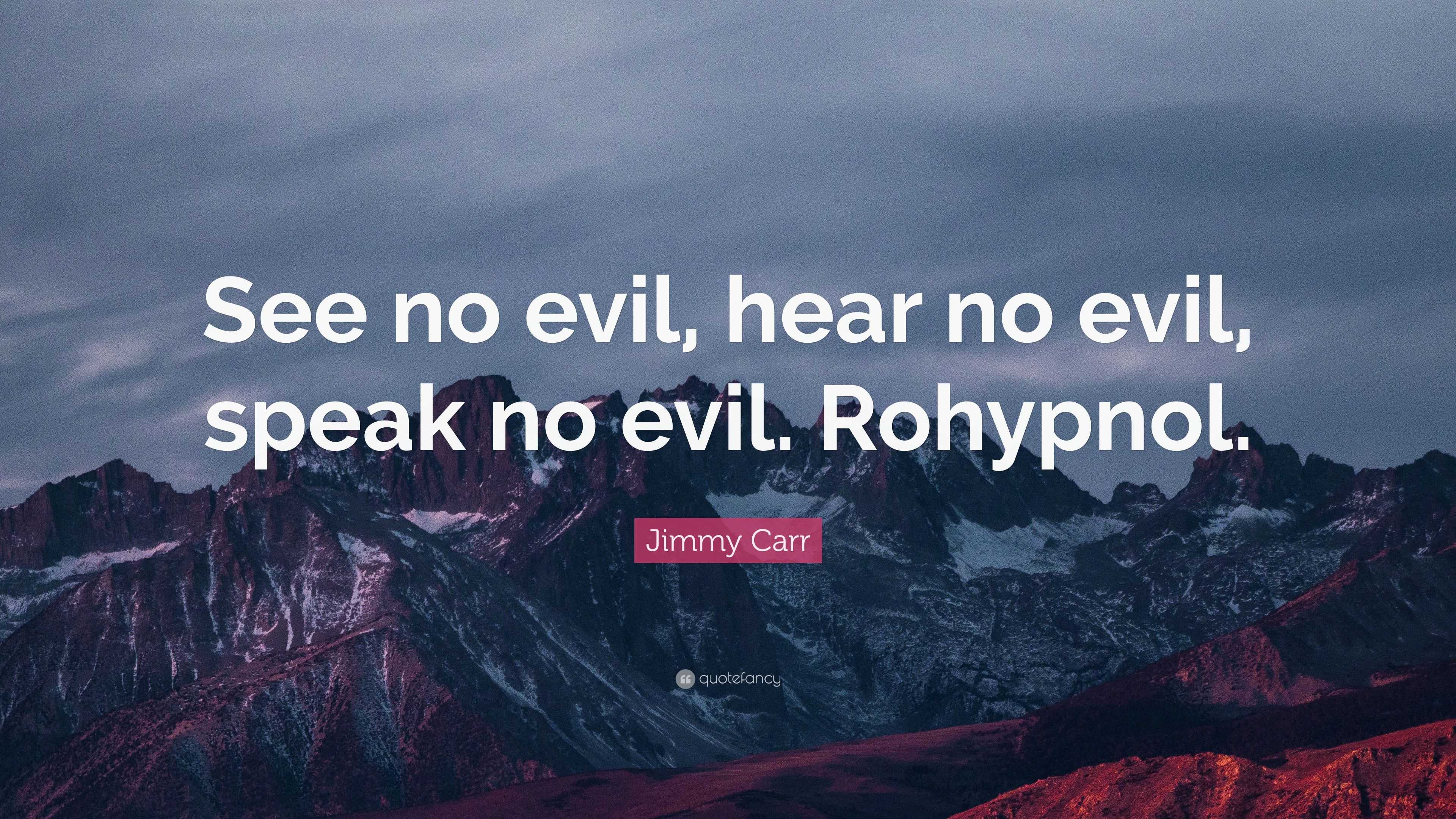
Children who reported an abusive experience usually faced more than one category of abuse abuse in one category was significantly associated with abuse in other categories.Ībuse of children is alarmingly common. Abuse was also more frequent in nuclear families and families that reported alcohol use. Abuse was more frequent in the higher age groups and classes at school. Boys reported more abuse than girls across all the categories of abuse (including sexual abuse). Although sexual abuse was least common, a considerable proportion of adolescents reported it one-year prevalence of sexual abuse was 16.7% and lifetime prevalence was 19.9%. Physical and emotional abuses were also very common. The one-year prevalence of any abuse was 89.9% (95% CI: 89.1–90.7) suggesting that child maltreatment was widespread. Participants and Setting: Adolescents (n = 6957) attending randomly selected schools in one city in Kerala, India.Ĭross-sectional survey using self-report instrument. To estimate the one-year and lifelong prevalence of exposure to violence, physical abuse, emotional abuse, sexual abuse, and neglect using a validated instrument-the International Society for the Prevention of Child Abuse and Neglect (ISPCAN) Child Abuse Screening Tool – Child, Home Version (ICAST-CH). A dearth of robust and methodologically sound studies has resulted in ambiguity regarding the extent of child abuse in the general population. Clinical implications are considered.Ĭhild abuse is a major concern in India with frequent reports of extreme maltreatment and fatalities. In short, the ‘evil’ of childhood sexual abuse in the male population is not being seen or heard by clinicians, and is not being recognised or talked about by victims. It is argued that the childhood sexual abuse of males has not yet acquired legitimacy as a problem recognised by society, thus lagging behind the abuse of females. Blumer's (1971) model of the social construction of problems is applied to account for these beliefs and behaviours on the part of victims and clinicians.

Professionals fail to hypothesise that their male clients may have been abused, and do not create the conditions that would enable males to talk about the abuse.

Male victims are relatively unlikely to disclose their experience of childhood abuse, and (as a coping strategy) they deny the impact of sexual abuse on their lives. However, it is suggested that society (including professionals and the victims themselves) has given credence to these myths. Two potential explanations are discounted as myths-that relatively few males are sexually abused, and that abuse has little effect on males. This literature review explores the reasons why comparatively few adult males with a history of childhood sexual abuse are seen by professionals for help with difficulties relating to that abuse.


 0 kommentar(er)
0 kommentar(er)
